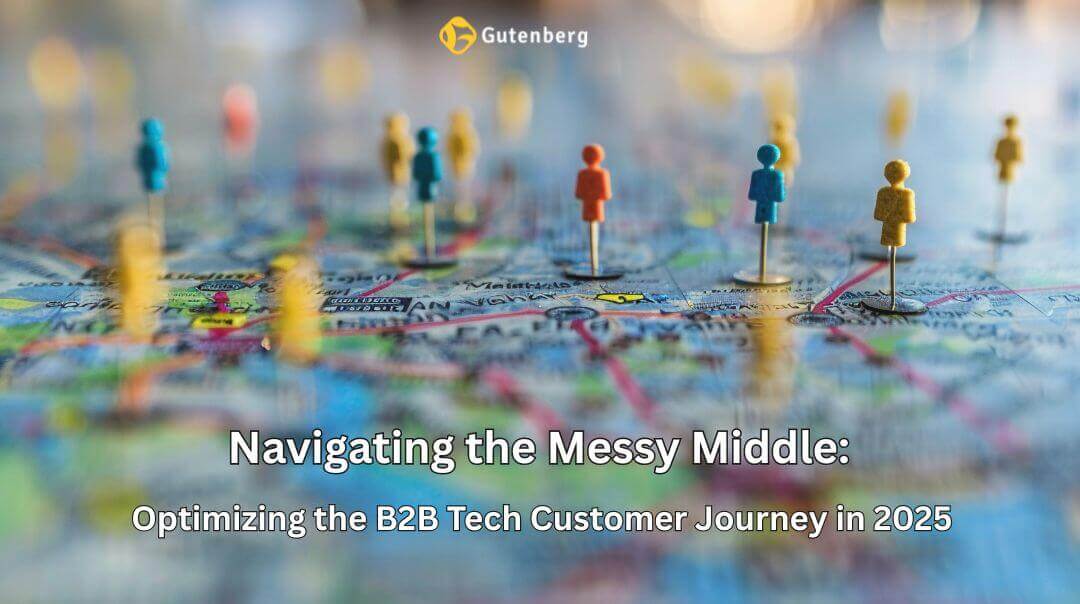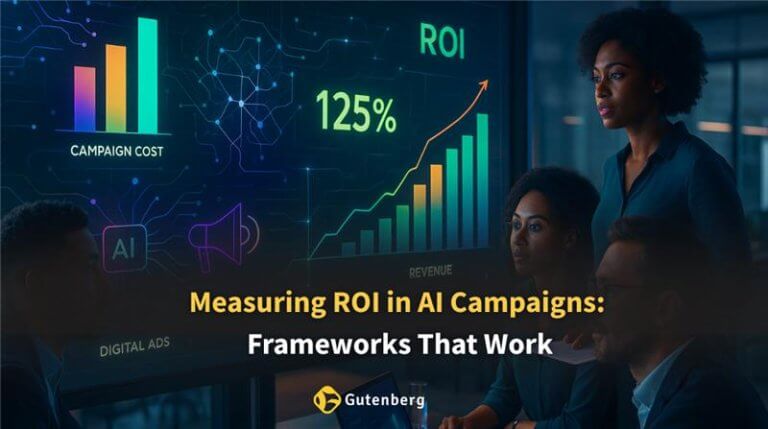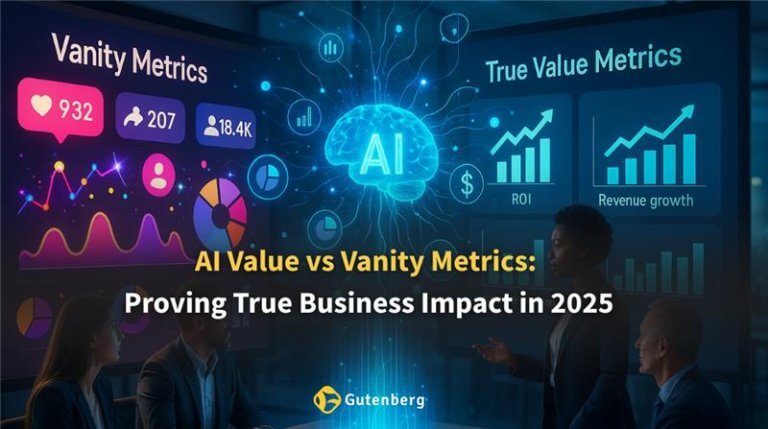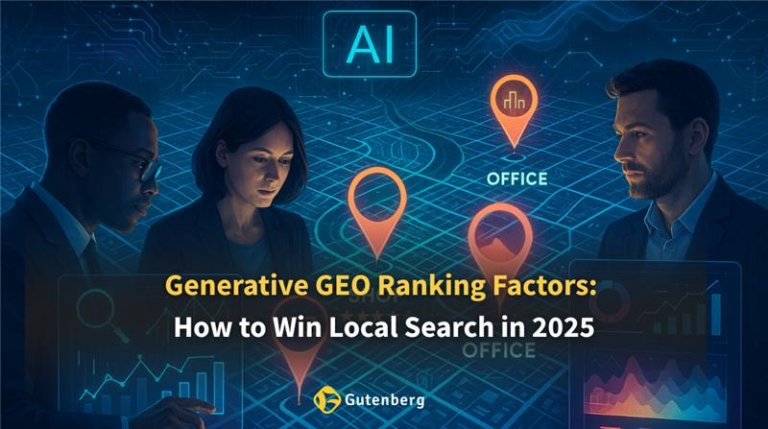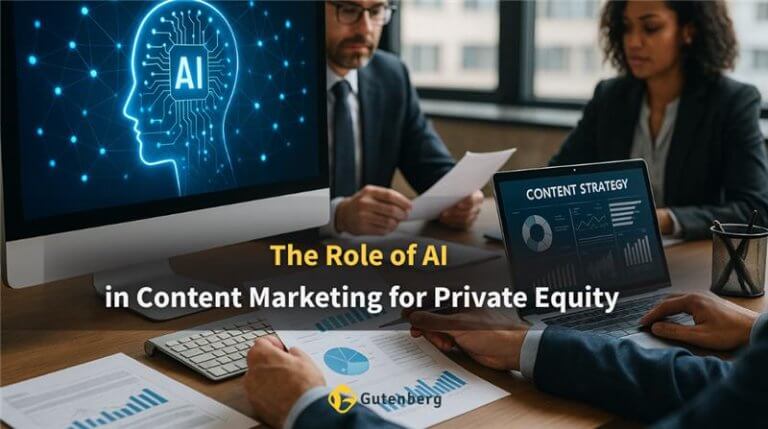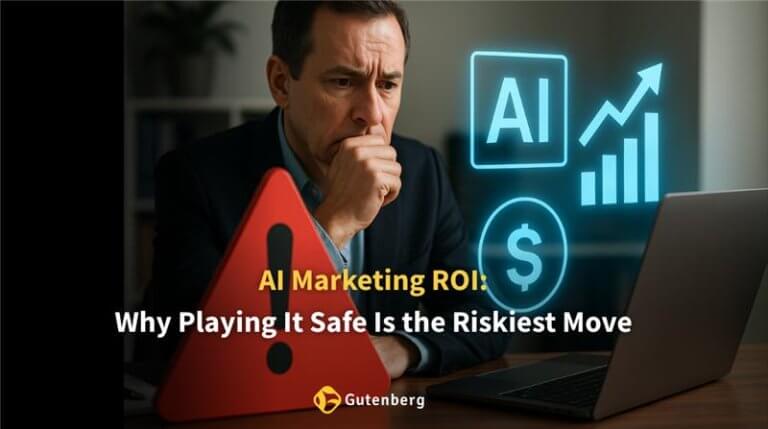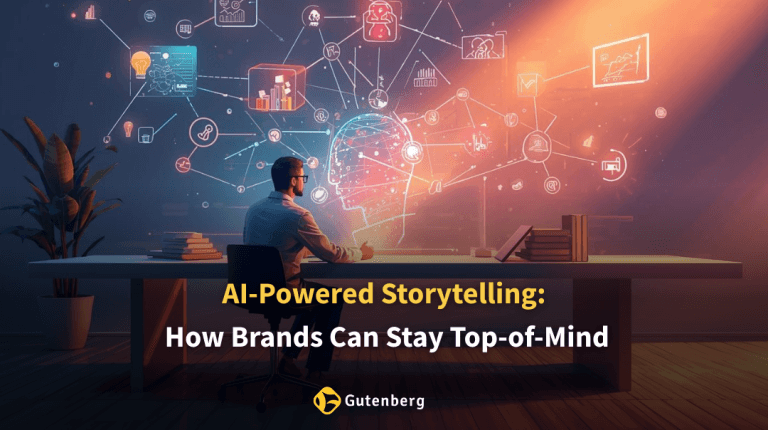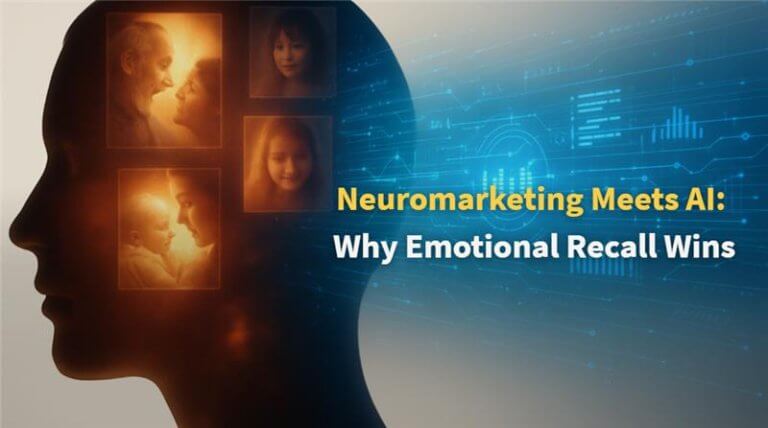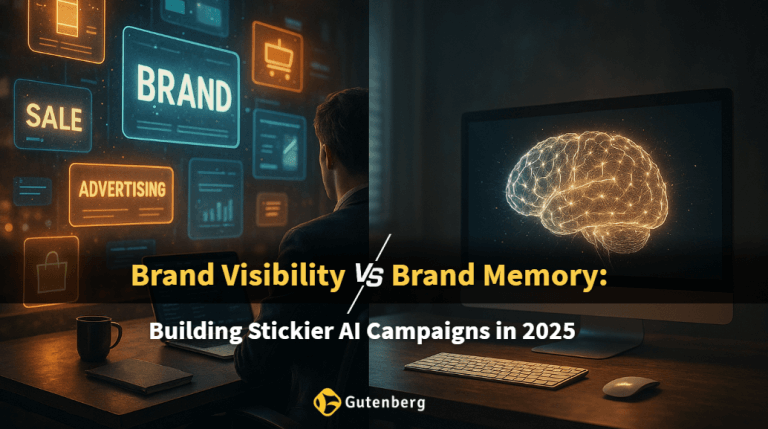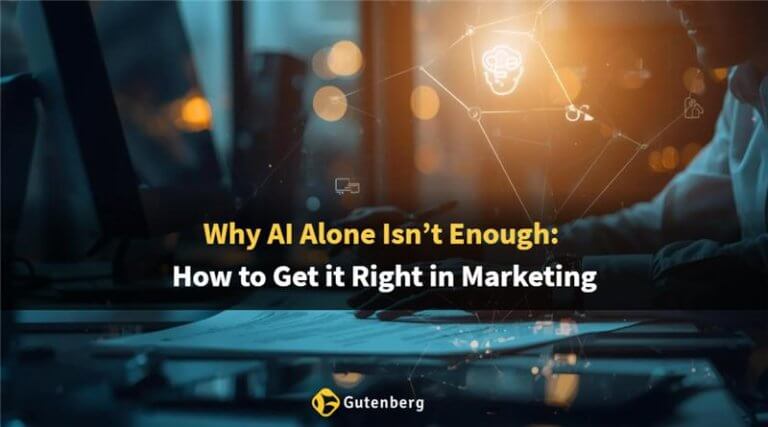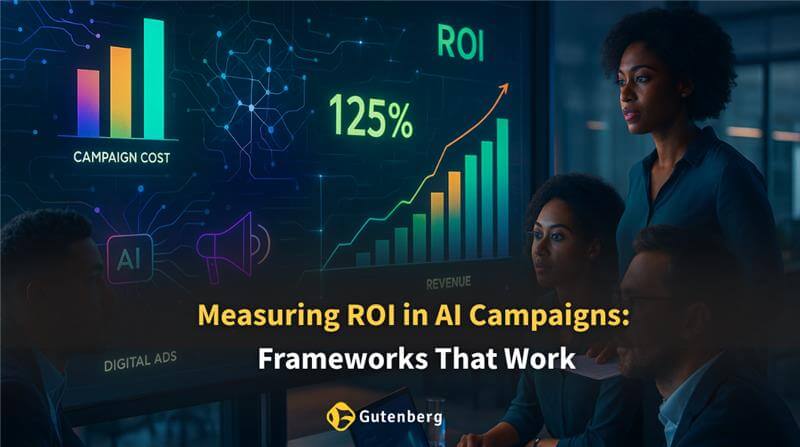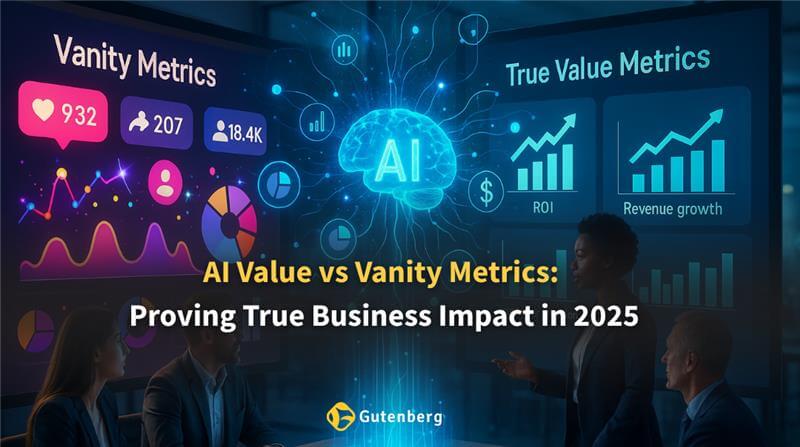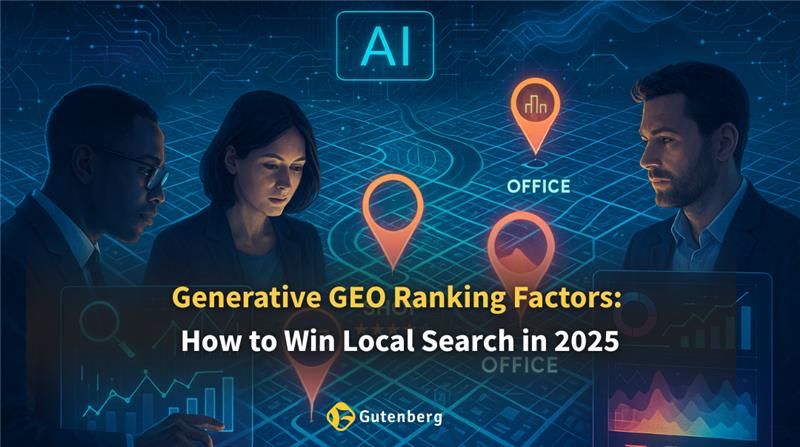The B2B Tech Customer Journey today is anything but linear. While the start and end points—awareness and conversion—are relatively straightforward, what happens in between is far more complex. This middle phase, often referred to as the Messy Middle in B2B Tech, is where most buying decisions are won or lost.
It’s the part of the journey where buyers research endlessly, compare solutions, revisit earlier options, and involve multiple stakeholders. For marketing and sales teams, this phase is difficult to influence, but it holds the most potential for impact.
In this blog, we’ll explore what defines the Messy Middle in B2B Tech, why the traditional funnel no longer applies, and how marketing and sales teams can better support prospects during this crucial phase. We’ll break down key 2025 B2B marketing trends, share insights on B2B sales optimization, and explain how to effectively focus on optimizing B2B tech strategies to drive conversions.
What Is the Messy Middle in the B2B Tech Customer Journey?
In a typical B2B Tech Customer Journey, buyers begin with a clear problem and end with a solution, but the middle is rarely a straight path. Instead of progressing through a neat funnel, buyers loop between stages, dig deep into research, consult peers, and frequently change direction.
This happens because:
- More Decision-Makers: The average B2B buying group involves 6 to 10 decision-makers.
- Independent Research: Each stakeholder brings 4 to 5 pieces of information they’ve gathered independently.
- Purchase Complexity: 77% of B2B buyers said their latest purchase was complex or difficult.
For optimizing B2B tech strategies, this means teams need to move away from funnel thinking and build ecosystems that support discovery and evaluation simultaneously. The goal isn’t to move buyers from point A to point B—it’s to provide the right content, context, and confidence at every stage, especially when prospects are bouncing between them.
2025 B2B Marketing Trends Shaping the Customer Journey
Several trends are influencing how buyers navigate the B2B Tech Customer Journey in 2025. Teams that understand and adapt to these shifts are better positioned to support prospects in the Messy Middle.
Emerging trends are reshaping how B2B tech brands engage buyers:
| Trend | Impact on Customer Journey | Strategy |
|---|---|---|
| AI-Powered Personalization | Increases buyer engagement | Deploy personalized content at scale |
| Omnichannel Orchestration | Reduces conversion friction | Unify experiences across all channels |
| Sales-Marketing Alignment | Improves conversion rates | Schedule regular joint strategy sessions |
| Value-Driven Content | Shortens decision cycles | Provide case studies & peer benchmarks |
AI-Powered Personalization Is No Longer Optional
Nearly 80% of B2B buyers expect vendors to tailor engagement to their needs. AI makes that possible at scale. From dynamic website experiences to targeted email workflows, AI-driven personalization helps companies stay relevant and timely, especially during long, exploratory phases.
Video Content is the Research Tool of Choice
Buyers rely on videos to understand complex solutions quickly. Explainer videos, demos, and customer interviews often serve as critical touchpoints within the Messy Middle in B2B Tech, giving prospects a clear sense of value without reading lengthy whitepapers.
Privacy and Compliance Are Front and Center
With laws like GDPR and CCPA becoming stricter, data collection practices matter more than ever. Transparency around how you gather and use data builds trust, which is vital in a journey where hesitation is high. According to a survey, 70% of buyers said they would abandon a brand that lacked transparency.
Optimizing B2B Tech: Strategies for the Messy Middle
To support the B2B Tech Customer Journey, businesses must rethink how they approach the middle stages. Below are strategies to keep prospects engaged, confident, and progressing.
- Build Content for Multiple Thinking Styles: Some buyers are detail-driven. Others want a quick overview. Use a mix of formats: short videos, data sheets, product FAQs, and long-form guides. Each should answer real questions buyers are asking at each step.
- Position Your Brand Where Discovery Happens: SEO, retargeting, comparison tools, and peer review platforms all play a role in optimizing B2B tech visibility. Show up where buyers are looking—not just where you want them to land.
- Create Clear Paths Between Exploration and Decision: Use ROI calculators, pricing guides, product walkthroughs, and stakeholder kits to help buyers connect research with action.
- Use Intent Data to Prioritize Outreach: When 74% of buyers spend half their journey researching independently, intent data lets you time follow-ups better and tailor outreach based on their interests.
B2B Sales Optimization: What Works in 2025
Sales teams have a critical role in supporting the B2B Tech Customer Journey during the middle stages. But they need the right systems and processes to be effective.
- Shorten the Gap Between Touchpoints: Automated follow-ups and intelligent routing systems help speed up replies without sacrificing personalization.
- Align Sales and Marketing Messaging: Shared enablement tools, centralized content libraries, and regular feedback loops ensure both teams present a united front.
- Help Buyers Sell Internally: Equip champions with business case templates, executive summaries, and decks to present your offering to internal stakeholders.
Why B2B Tech Brands Partner with Gutenberg
Many tech companies understand the complexity of the B2B Tech Customer Journey, but few have the internal resources to manage every touchpoint effectively. That’s where Gutenberg steps in.
Gutenberg helps B2B tech brands make sense of the Messy Middle in B2B Tech. From content strategy and demand generation to sales enablement and digital campaigns, we bring cross-functional expertise that supports every stage of the buyer journey. Our focus is on practical execution, not just big ideas. We work closely with internal teams to improve clarity, consistency, and conversion.
For companies that want to simplify the complex, improve alignment, and increase deal velocity, Gutenberg provides the strategy and hands-on support needed to make it happen.
Conclusion
The B2B Tech Customer Journey in 2025 is no longer a straight line from awareness to conversion. The Messy Middle in B2B Tech reflects how real buying decisions are made—nonlinear, collaborative, and often slow. But this complexity is also a chance to stand out.
By aligning content, timing, tools, and messaging with the reality of how buyers move through their journey, businesses can reduce friction and build trust. And with a clear focus on optimizing B2B tech engagement strategies and modern B2B sales optimization, companies can make the middle work for them—not against them.
Partnering with experts like Gutenberg ensures you’re not trying to figure this out in isolation.

